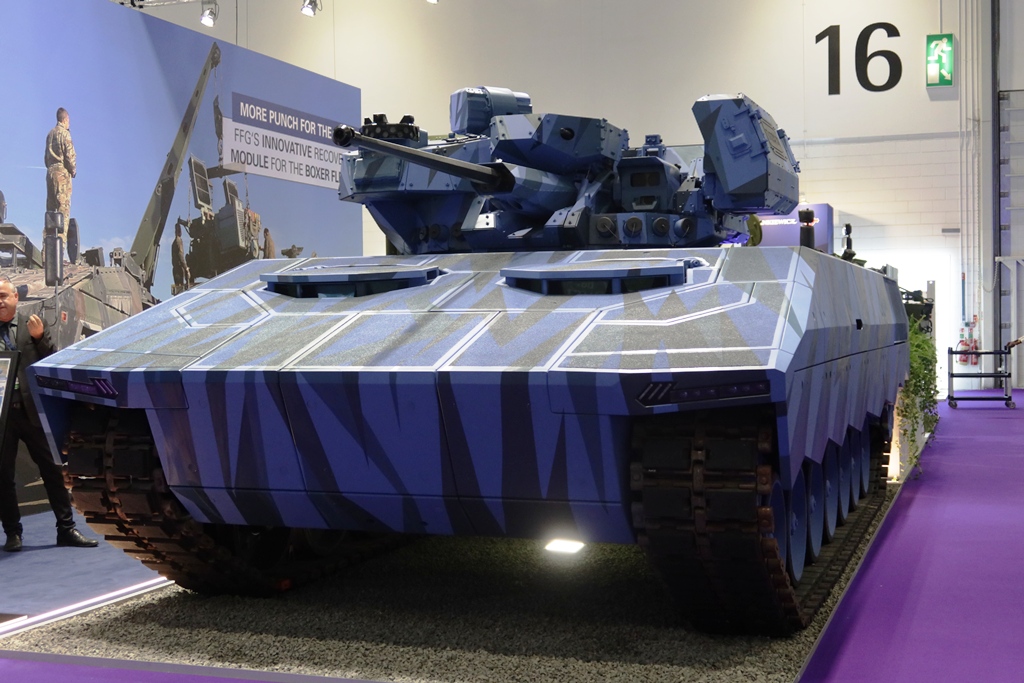Babcock Secures Major Contract for Type 31 Frigates
In a significant development for naval defense, Babcock has recently secured a contract valued at £65 million (approximately $84 million) from the UK Ministry of Defence for the Capability Insertion Period (CIP) concerning the Royal Navy’s Type 31 frigates. This contract is pivotal as it facilitates crucial upgrades aimed at enhancing the operational capability of these advanced ships.
Understanding the Capability Insertion Period (CIP)
The Capability Insertion Period is a critical phase in the lifecycle of military vessels, focusing on integrating and rigorously testing various upgrades. The goal of the CIP is to bolster the Type 31 class ships’ operational effectiveness, ensuring they meet current and future demands. Such enhancements can include advanced weapon systems, improved sensors, and state-of-the-art communication technology, which collectively serve to strengthen the overall combat readiness of the fleet.
Project Insights from Babcock
Paul Watson, the Managing Director of Arrowhead at Babcock, expressed enthusiasm regarding the contract. He emphasized that the CIP is integral to increasing the Type 31 frigates’ military capabilities by building upon the foundations laid in the design and build agreement established back in 2019. This highlights Babcock’s continued commitment to delivering advanced naval capabilities tailored to the evolving landscape of maritime threats.
Watson also pointed out that Babcock’s in-depth knowledge of the vessels and their design intricacies would be instrumental in ensuring efficient system installations and long-term maintenance solutions. He remarked, “As the design and build partner, Babcock is expertly placed to provide the know-how and technical information to deliver these important activities in the development of the ships through the CIP.” This expertise is vital for not just the short-term upgrades, but also for the sustained operational life of the Type 31 frigates.
Type 31 Frigates: A Closer Look
Babcock is currently engaged in delivering a total of five Type 31 general-purpose frigates to the Royal Navy. Construction of these vessels is taking place at Rosyth dockyard in Scotland, recognized as one of the UK’s foremost maritime manufacturing and repair facilities. The project underscores a robust commitment to modernize the UK’s naval capabilities.
The Type 31 frigates are designed to replace the older Type 23 general-purpose frigates, with each ship set to accommodate up to 105 crew members. They are expected to be fully operational by 2028, serving alongside the newly developed Type 26 frigates, which are specifically engineered for enhanced submarine detection missions.
Strategic Role and Future of Type 31
The Type 31 class vessels will provide a versatile platform for various maritime operations. Their general-purpose design allows for adaptability in mission profiles, whether it be anti-piracy, humanitarian aid, or joint exercises with allies. The modernized capabilities mean that these frigates will not only enhance the Royal Navy’s operational reach but also bolster its deterrent capabilities in an increasingly complex global security environment.
As the backdrop of international military dynamics continues to evolve, the integration of new technologies in the Type 31 frigates will play a crucial role in ensuring that the Royal Navy remains a high-tech and effective maritime force. These developments reflect a broader trend within NATO and Western navies to modernize and adapt to new threats, reinforcing the importance of advanced naval architecture and engineering in securing national interests.
In essence, the current advancements in the Type 31 frigate project, including the recent CIP contract awarded to Babcock, are signs of a proactive approach to naval defense, embodying a vision that prioritizes readiness, technological integration, and operational efficiency for the UK’s maritime future.





